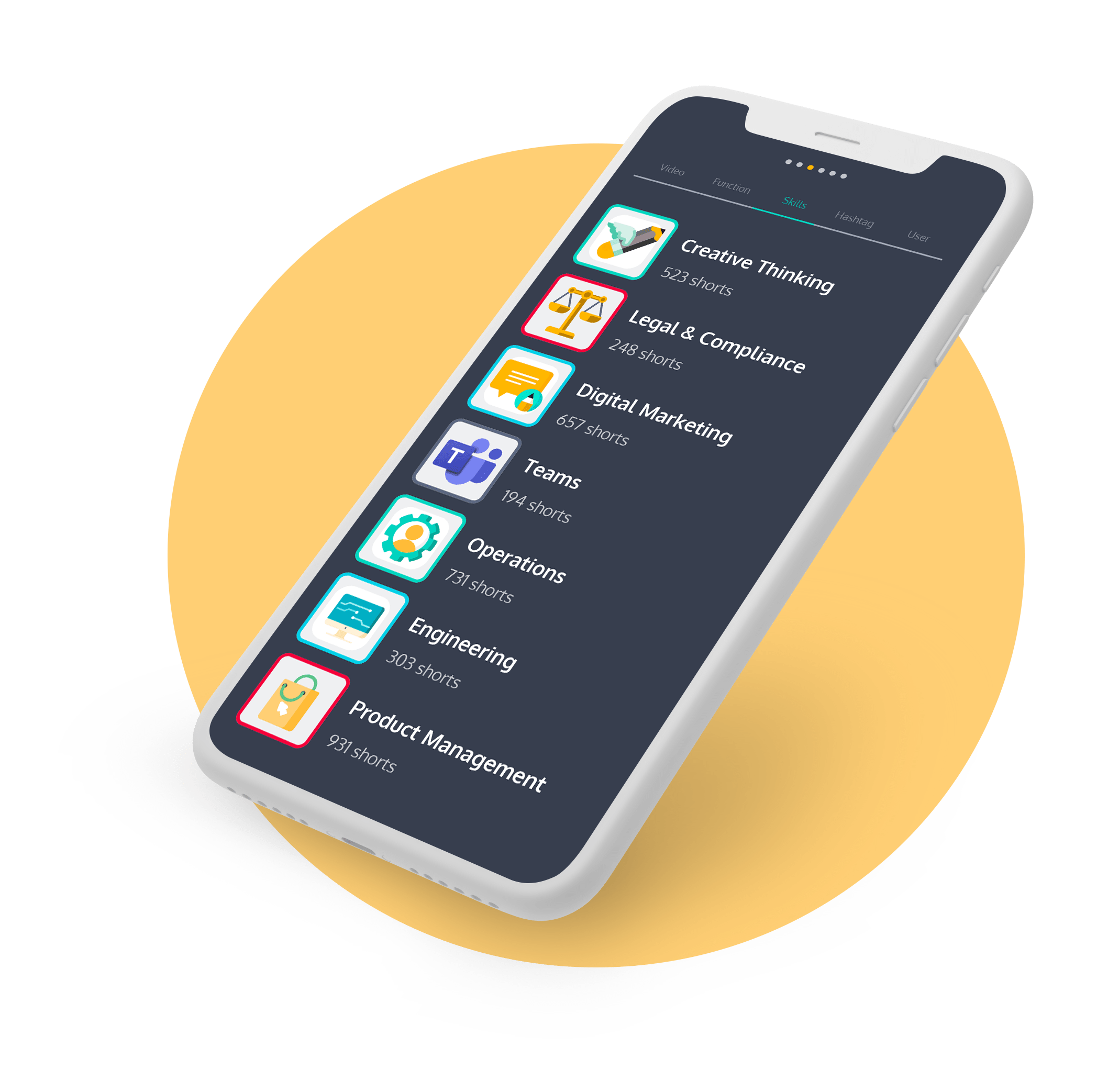Navigating the complexities of GDPR compliance can feel like traversing a labyrinth. But fear not! Lessons from Privacy Kitchen hosted on 5Mins.ai offer a clear roadmap, demystifying the requirements and outlining seven essential steps to build a robust compliance framework.
1. Assemble Your Compliance Team:
Identify key personnel to champion and operationalize privacy efforts. A senior-level advocate drives strategic alignment, while a dedicated privacy champion manages daily tasks. In smaller organizations, these roles may be combined, but clarity and focus remain crucial.
2. Benchmark Your Readiness:
Regularly assess your GDPR posture against established benchmarks like the European Commission's GDPR Guidelines or industry-specific frameworks like the IAPP's CIPP/E certification criteria. Utilize GDPR scoring tools offered by data protection authorities or consulting firms to generate a quantitative assessment of your compliance gaps. Collaborate with online communities and forums dedicated to GDPR compliance, such as the EU's official Data Protection Helpdesk or industry associations like the International Association of Privacy Professionals (IAPP). Attend webinars and workshops by GDPR experts to gain insights into best practices and emerging trends. Track your progress towards full compliance by maintaining a central log of completed tasks, deadlines for upcoming milestones, and identified areas for improvement.
3. Map Your Data Landscape:
Developing a personal data inventory is a crucial step in navigating the GDPR landscape. To make it truly actionable, go beyond broad categories and delve into the specifics of your data ecosystem. Start by meticulously defining each data type you collect, from names and emails to IP addresses, location data, and purchase history. For each type, identify the precise reasons for collection and processing, mapping them to the appropriate legal bases under GDPR. Trace the journey of each data type across your systems and workflows, clarifying who accesses it and when it's deleted to ensure transparency and responsible handling.
Fortify your data protection by listing the specific security measures implemented for each data type, such as encryption, access controls, and intrusion detection. Tailor the level of protection to the sensitivity of the data. Embrace automation by utilizing data mapping tools or spreadsheets to organize and update your inventory efficiently, ensuring ongoing accuracy. Integrate your data map into your internal operations manual, making it a readily accessible reference point for all employees to foster data awareness and responsible practices across the organization.
With a robust data map in hand, creating the mandatory Article 30 Records becomes effortless. Simply extract the relevant information and present it in a clear, accessible format for supervisory authorities. Remember, your data inventory isn't a static document; it's a living entity that requires regular review and updates to reflect changes in your operations, data collection practices, and legal requirements. By investing in a comprehensive and actionable data map, you lay a solid foundation for a strong GDPR compliance framework and build trust with your stakeholders.
4. Prioritize Risk Mitigation:
Conduct systematic risk assessments to identify and prioritize potential vulnerabilities. For high-risk processing activities, mandatory data protection impact assessments provide deeper analysis and inform effective risk management strategies.
5. Build Your Compliance Blueprint:
Don't let GDPR insights gather dust! Convert them into an actionable privacy framework – your fortress protecting data and trust. Craft clear policies, streamline data handling procedures with checklists, and empower your team through engaging training. Embrace technology with encryption, access controls, and privacy-by-design principles. Continuous audits and updates ensure your defenses stay strong, building trust and turning compliance into a competitive advantage.
6. Fortify Your Data Defense:
Fortify your data defenses like a digital fortress. Implement robust encryption at rest and in transit, ensuring only authorized eyes can view sensitive information. Implement hierarchical access control systems granting minimum necessary privileges to each user, and enforce strong password management policies with regular updates and multi-factor authentication. Don't forget the physical realm! Secure your IT infrastructure with physical security measures like restricted access, CCTV surveillance, and secure disposal of outdated equipment.
But breaches happen. Be prepared with a clear and well-rehearsed data breach response plan. Define response roles and responsibilities, communication protocols, and notification procedures for internal teams and regulatory authorities. Practice mock drills to ensure a seamless and swift response within the crucial 72-hour notification timeframe. Remember, a pre-emptive strike against bad actors and a rapid response to incidents are key to minimizing damage and maintaining stakeholder trust.
7. Empower Data Subjects:
Understand and respect the enhanced rights granted to data subjects under GDPR, including access, rectification, deletion, and restriction of processing. Equip your team to handle these requests efficiently and transparently, fostering trust and building stronger relationships with your customers and stakeholders.
By following these seven steps and continuously refining your approach, you can build a resilient GDPR compliance framework that safeguards your data, respects individual rights, and positions your organization for long-term success in the ever-evolving data privacy landscape. Remember, compliance is not a destination, but rather an ongoing journey. Embrace continuous improvement, seek new resources, and partner with experts to ensure your organization always finds the right path through the GDPR labyrinth.
This blog was inspired by the invaluable insights from Privacy Kitchen. Dive into the world of privacy governance at 5mins.ai for continuous learning.
- Get in touch
-
EN
.png)




